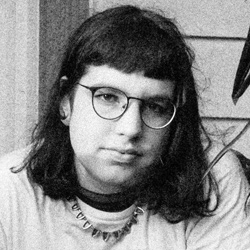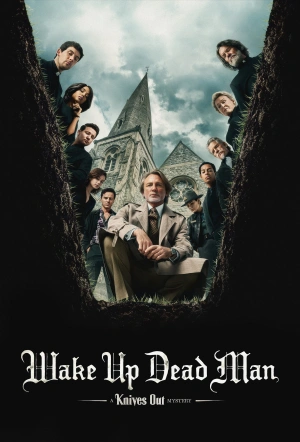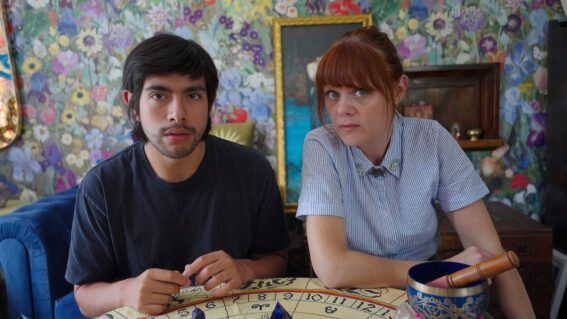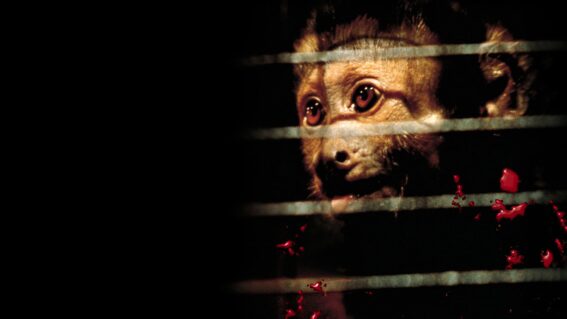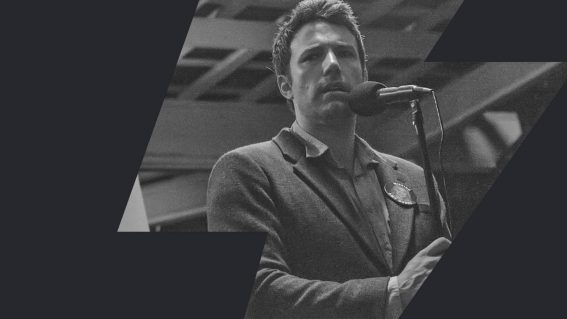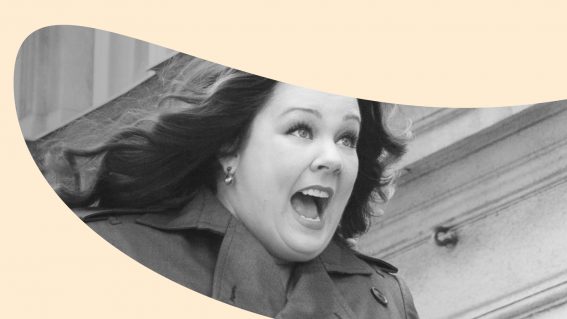Rian Johnson goes back to the foundations of the genre in new Knives Out
It’s almost astonishing how Wake Up Dead Man totally eschews the flashy genre switch-ups and narrative tricks so core to the first two films.

Well constructed and well told, the murder mystery can be one of the most deeply engaging forms of storytelling. The stakes are high. The drama is juicy. And in many cases, we as the audience are totally aligned with the protagonist. After all, we want the same thing—to uncover the truth, to unmask the fiendish murderer, to put together all the clues and characters and background details into a satisfying solution.
Despite all that, the murder mystery hasn’t been a staple of popular cinema since maybe the 1950s—overtaken by thrills, spills, and melodrama, and left to languish on your nan’s TV on Sunday afternoons.

So, when Knives Out came on the scene in 2019, the only real peer to Rian Johnson’s clever little whodunnit was Kenneth Branagh’s 2017 Murder on the Orient Express. But where Orient Express is slick, dripping more with nostalgia than intrigue, Knives Out plays a few tricks to help make the murder mystery format land for modern audiences.
The first trick is making it funny. Johnson updates Agatha Christie’s hoity-toity character archetypes into a sharp satire on class politics in post-Trump America (hoity-toity archetypes here filled by Toni Collette, Michael Shannon, and Jamie Lee Curtis). The main man, detective Benoit Blanc (Daniel Craig) himself, is intentionally anachronistic—the heavily accented gentleman detective surrounded by people in Goretex talking about health food and 4Chan.
Then of course, there’s Knives Out’s biggest coup. After the mystery has been set up and it looks like we might know who done it—suddenly, the whole thing goes Parallax View paranoid thriller as we leave the mansion and the suspects and the detectives behind to follow Ana de Armas’ character’s frantic struggle.
We skip all of the slow build and subtle social negotiation of the classic mystery, just to come back for the really good bit when Benoit Blanc sits everyone in the parlour and reveals exactly how it was done in his fantastic Southern drawl.
The first Knives Out is riffing on the classics. A little of the 1982 Evil Under The Sun with best-ever Poirot, Peter Ustinov, a little of Robert Altman’s devastating deconstruction of the genre, Gosford Park, alongside Johnson’s avowed influences—the brilliant The Last of Sheila (penned by Anthony Perkins and Stephen Sondheim???) and the creepy 1982 Michael Caine vehicle Deathtrap.

Glass Onion: A Knives Out Mystery is something entirely different.
With a much sillier script, a tropical setting, and at least a million bucks in needle drop clearances, Glass Onion is shockingly like the 2002 live-action Scooby-Doo. Which is not necessarily a bad thing!
The looser mystery may have put off the more analytical fanatics, but the goofier material really lets Craig off his leash as Blanc. And with another fantastic ensemble cast (including Janelle Monae, Edward Norton, and Kate Hudson), Glass Onion takes the Knives Out series into Friday night blockbuster territory. Which also helps to explain some of Glass Onion’s cooler reception—it’s a great popcorn movie that pretty much nobody got to see at the movies.
Glass Onion: A Knives Out Mystery
So where does Knives Out go from here? The first film was already a subversion of the genre and not many film series survive running headlong into spoof. With the “Cozy mystery” craze now filling shelf-space in every bookstore and Branagh having dropped a further two shiny Poirot redos, Johnson decides to show them all how it’s done with a no-frills murder mystery to die for.
It’s almost astonishing that Wake Up Dead Man, the latest Knives Out Mystery, totally eschews the flashy genre switch-ups and narrative tricks that seem so core to the first two films.
Wake Up Dead Man: A Knives Out Mystery
Josh O’Connor (Challengers, La Chimera) is a priest with a difficult past but a hopeful outlook on life. He’s assigned to the parish of hard-line far right preacher Monsignor Jefferson Wicks (Josh Brolin), who has alienated most of his congregation and turned the few remaining into his very own cult of personality (a glamorous lot including Cailee Spaeny, Glenn Close, Andrew Scott and more).

What unfolds is a water-tight “locked room mystery!!”, as Benoit exclaims, holding up a copy of John Dickson Carr’s classic The Hollow Man.
It’s a testament to Johnson’s writing and filmmaking that he can make this kind of intricate story work cinematically with no gimmicks. And not just ‘work’, but really stand comfortably alongside the best Christie adaptations like the 1945 And Then There Were None or the pinnacle of detective comedy, Dashiell Hammett’s The Thin Man (1934).
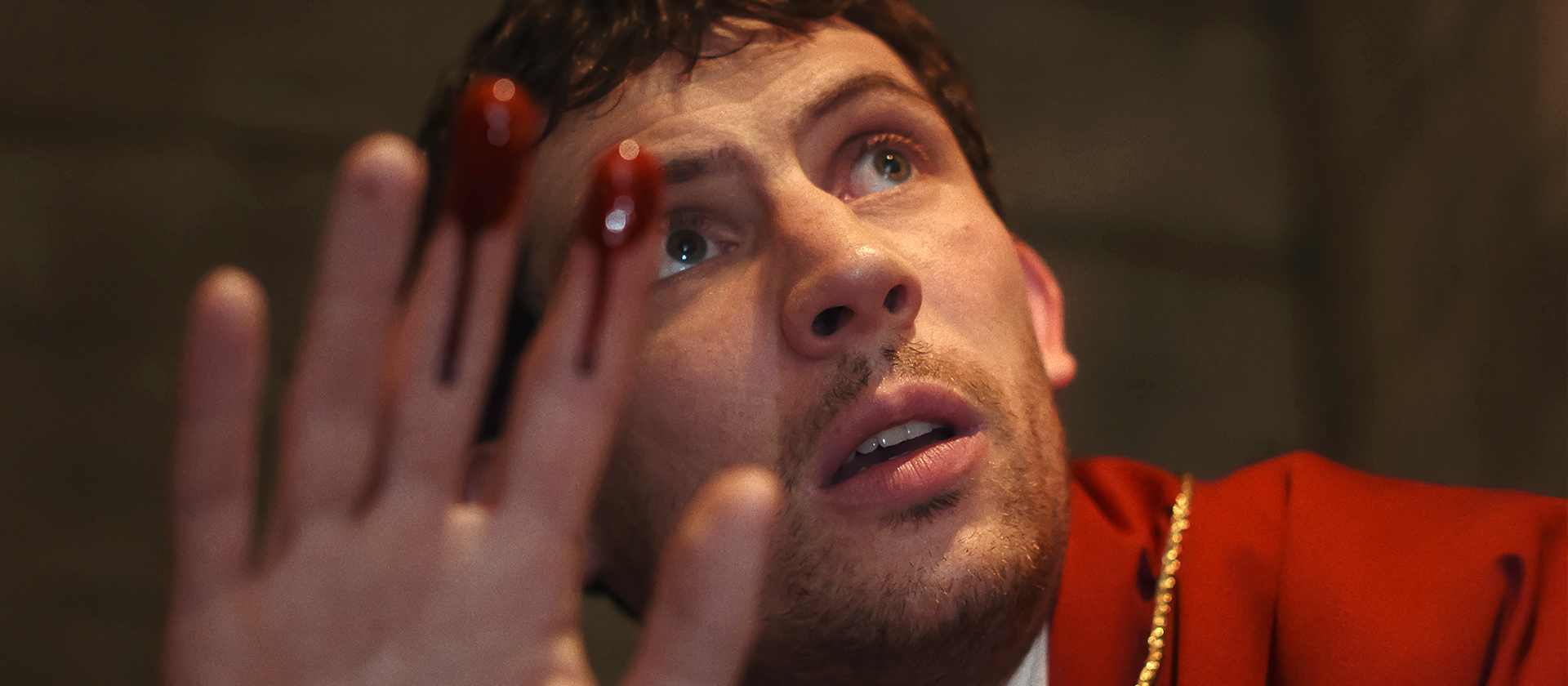
Wake Up Dead Man returns to the switched-on political satire of the first film, yes, but it also weaves in a genuinely moving story about faith and kindness overcoming self-righteousness. It’s a simple message and an old one, but that makes it all the more striking. Johnson’s back-to-basics approach is the moral of the film in action—clarity, trust, hard work, and genuine emotion beat pompous pageantry six out of seven days of the week.
(Pssst, and also if you want to see more locked room mysteries, remember that Jonathan Creek is a TV show about a charming yet hapless magician and EVERY EPISODE is a locked room mystery. So…)
